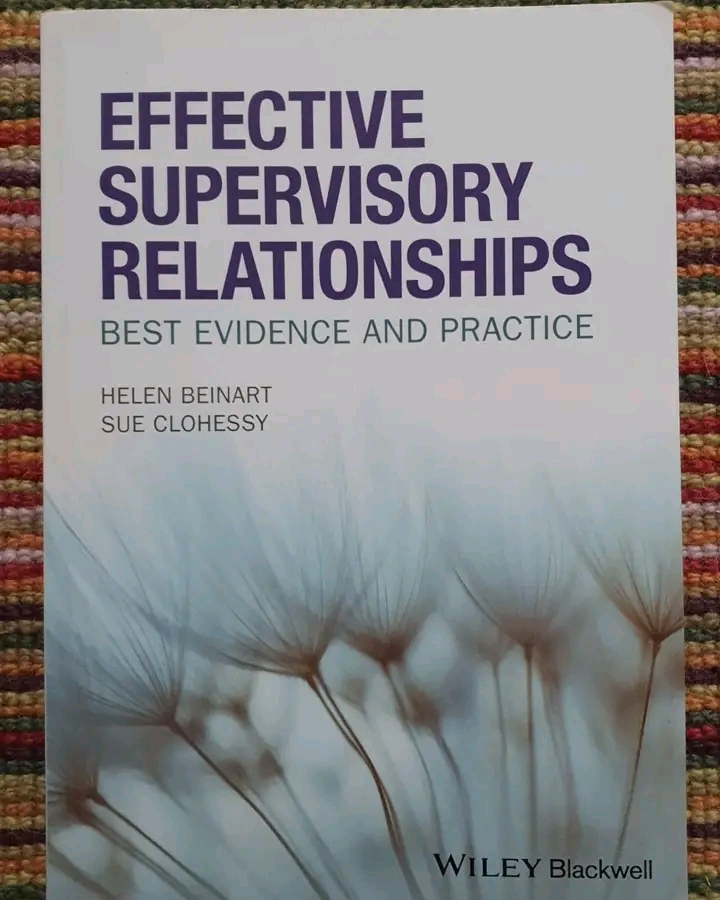How to Successfully Manage Business Debt
Effective debt management is key to business success. This article provides practical strategies to manage and repay business debt, covering debt prioritization, increasing revenue, reducing expenses, negotiating with lenders, and maintaining healthy cash flow. Learn how to use debt as a growth tool while avoiding financial stress.
Introduction
Debt is a common aspect of running a business, whether it’s taking a loan to expand operations, purchasing equipment, or managing cash flow during slow seasons. However, poor debt management can lead to financial struggles, high-interest burdens, and even business failure. To avoid these pitfalls, business owners must develop effective strategies for managing and repaying debt while maintaining financial stability.
This article provides practical steps to manage business debt successfully, ensuring that it serves as a tool for growth rather than a burden.
1. Understand Your Business Debt
The first step in successful debt management is having a clear understanding of all your outstanding debts. This includes:
✔ Types of Debt: Business loans, credit lines, supplier credit, credit card debt, or tax obligations.
✔ Interest Rates: Some debts have higher interest rates than others. Prioritize paying off high-interest debts first.
✔ Repayment Terms: Know your monthly payment amounts, due dates, and total balance owed.
✔ Lenders’ Terms and Conditions: Understanding any penalties, late fees, or refinancing options is crucial.
💡 Tip: Create a detailed list of all your business debts to stay organized and ensure timely payments.
2. Prioritize Debt Repayments
Not all debts are equal, and some should be repaid before others. The two common strategies for prioritizing repayment are:
a) Avalanche Method (High-Interest First)
✔ Pay off high-interest debts first (e.g., credit cards, unsecured loans) to reduce overall interest costs.
✔ Continue making minimum payments on lower-interest debts.
b) Snowball Method (Smallest Balance First)
✔ Pay off the smallest debts first, gaining motivation from small wins.
✔ Once one debt is cleared, roll its payment into the next smallest debt.
💡 Tip: If cash flow is limited, use the avalanche method to reduce the total amount spent on interest over time.
3. Increase Revenue Streams to Cover Debt Payments
If your business is struggling to meet debt obligations, focus on increasing revenue through:
✔ Expanding product or service offerings to attract more customers.
✔ Implementing marketing strategies such as social media, promotions, and referral programs.
✔ Negotiating better deals with suppliers to reduce costs and improve profit margins.
✔ Exploring new sales channels like e-commerce platforms or partnerships.
💡 Tip: Allocate extra revenue directly toward debt repayment to reduce long-term financial pressure.
4. Reduce Unnecessary Expenses
Cutting down on non-essential expenses can free up funds for debt repayment. Consider:
✔ Reviewing operational costs to identify areas of savings.
✔ Reducing office space expenses by working remotely or renegotiating lease terms.
✔ Eliminating unnecessary subscriptions or services.
✔ Optimizing energy and utility use to lower overhead costs.
💡 Tip: Small cost reductions add up over time and can significantly improve your debt management efforts.
5. Renegotiate Debt Terms with Lenders
If your business is struggling to meet repayment obligations, consider discussing alternative payment options with lenders. Options include:
✔ Loan restructuring: Extending the repayment period to lower monthly installments.
✔ Interest rate reduction: Negotiating for a lower interest rate based on a strong payment history.
✔ Debt consolidation: Combining multiple debts into a single loan with lower interest.
💡 Tip: Lenders are often willing to work with businesses that communicate early and proactively about repayment difficulties.
6. Maintain a Strong Cash Flow
A healthy cash flow ensures your business can meet debt obligations without financial strain. Strategies to improve cash flow include:
✔ Invoicing promptly and following up on late payments.
✔ Offering early payment incentives to customers.
✔ Managing inventory efficiently to avoid overstocking or understocking.
✔ Creating an emergency fund to cover unexpected expenses.
💡 Tip: Use cash flow forecasting to plan debt repayments ahead of time.
7. Avoid Taking on Unnecessary Debt
Before borrowing money, ask yourself:
✔ Is the debt necessary for business growth?
✔ Can the business afford the repayments without financial strain?
✔ Are there alternative ways to raise capital, such as grants or investor funding?
💡 Tip: Only take on debt when it aligns with long-term business goals and has a clear repayment plan.
8. Seek Professional Financial Advice
Managing business debt can be complex, and seeking professional help can provide valuable guidance. Consider:
✔ Consulting with a financial advisor for customized debt management strategies.
✔ Working with an accountant to improve financial planning and budgeting.
✔ Seeking assistance from business support organizations or government programs offering financial aid.
💡 Tip: A professional can help identify hidden financial risks and provide solutions to keep your business financially healthy.
Conclusion:
Managing business debt effectively is crucial for financial stability and long-term success. By understanding debt obligations, prioritizing repayments, increasing revenue, cutting unnecessary costs, renegotiating terms, and maintaining cash flow, business owners can navigate debt without compromising business growth.
📌 Debt should be a tool for progress, not a burden—apply these strategies to stay financially strong and keep your business thriving!















.jpg)


